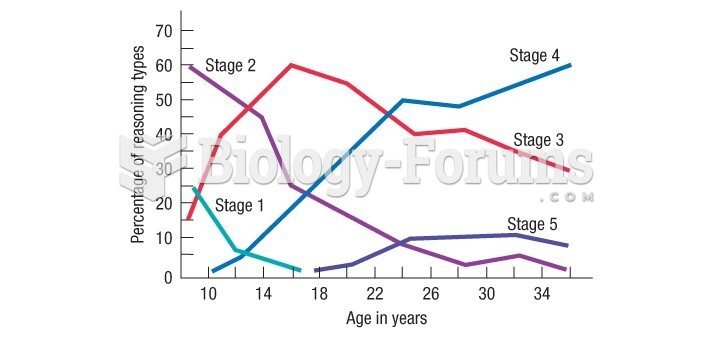Answer to Question 1
Answer: In a longitudinal design, participants are studied repeatedly, and changes are noted as they get older. The time spanned may be relatively short (a few months to several years) or very long (a decade or even a lifetime). The longitudinal approach has two major strengths. First, because it tracks the performance of each person over time, researchers can identify common patterns as well as individual differences in development. Second, longitudinal studies permit investigators to examine relationships between early and later events and behaviors. Despite their strengths, longitudinal investigations pose a number of problems. For example, participants may move away or drop out of the research for other reasons. This biases the sample so that it no longer represents the population to whom researchers would like to generalize their findings. Also, from repeated study, people may become more aware of their own thoughts, feelings, and actions and revise them in ways that have little to do with age-related change. In addition, they may become test-wise. Their performance may improve as a result of practice effectsbetter test-taking skills and increased familiarity with the testnot because of factors commonly associated with development. The most widely discussed threat to the accuracy of longitudinal findings is cohort effects: Individuals born in the same time period are influenced by a particular set of historical and cultural conditions. Results based on one cohort may not apply to people developing at other times. But, cohort effects do not just operate broadly on an entire generation. They also occur when specific experiences influence some groups of individuals but not others in the same generation.
Answer to Question 2
Answer: Observations of the behavior of children and adults can be made in different ways. One approach is to go into the field, or natural environment, and record the behavior of interesta method called naturalistic observation. The great strength of naturalistic observation is that investigators can see directly the everyday behaviors they hope to explain. Naturalistic observation also has a major limitation: Not all individuals have the same opportunity to display a particular behavior in everyday life. Researchers commonly deal with this difficulty by making structured observations, in which the investigator sets up a laboratory situation that evokes the behavior of interest so that every participant has equal opportunity to display the response. The procedures used to collect systematic observations vary, depending on the research problem posed. Sometimes investigators choose to describe the entire stream of behavioreverything said and done over a certain time period. Systematic observation provides invaluable information on how children and adults actually behave, but it tells us little about the reasoning behind their responses. For that information, researchers must turn to self-report techniques.







